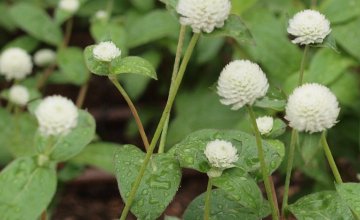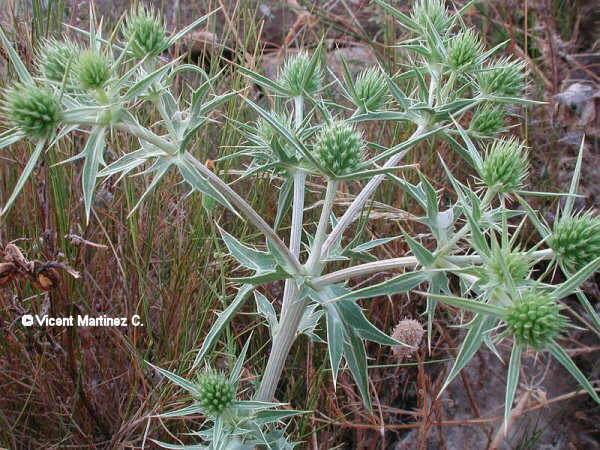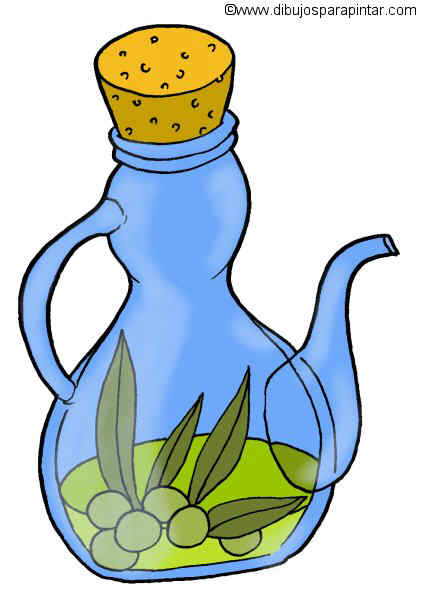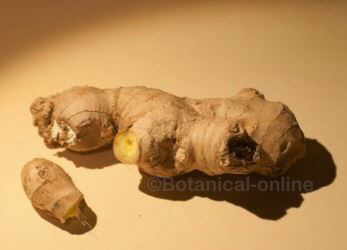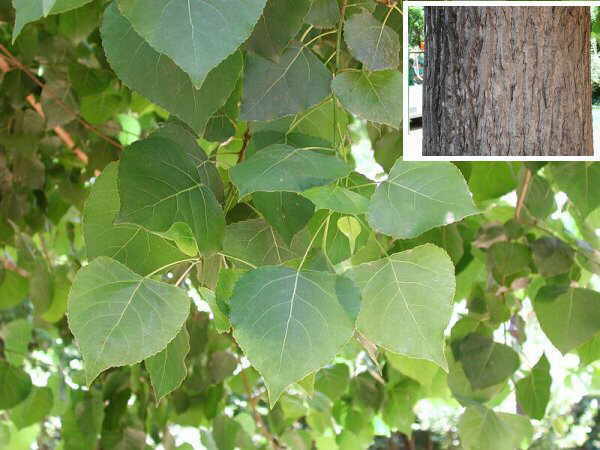Contents
Health benefits of acai (Euterpe oleracea)
MAIN BENEFITS OF ACAI PRODUCTS
EDIBLE USES OF ACAI
Acai fresh fruit
Acai fruits are drupes, a type of fleshy fruits with a seed inside, like grapes. They are dark purple and covered with a light gray skin. Acai fruit flavor is unique, a sort of combination of flavors from berries with dark chocolate… Delicious!
This fruit is very perishable, so, after harvest, it must be quickly transported to the processing pulp plant to obtain acai pulp that is sold frozen, fresh or powdered.
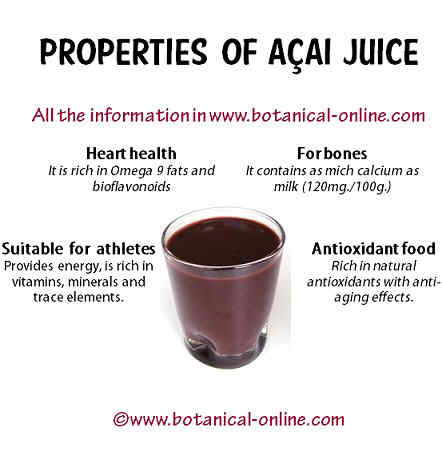
Main curative properties of acai
Acai pulp
As its name indicates, it is the acai fruit pulp, extracted under pressure to separate the seed and the epicarp. This fruit is very perishable, so between his collection and processing into pulp of acai must be typically spent between 7 and 11 hours maximum. Due to its rapid deterioration, acai pulp is mostly sold frozen.
In Brazil, the acai pulp is part of the usual diet in the region of Belem do Pará, and sold in numerous food products, such as frozen pulp, the vinho de açaí, ice cream, etc..
In other countries like Venezuela, Bolivia or Peru, acaiis scarcely used in the cuisine, except by acai indigenous people of Amazonas in Venezuela, Bolivia and Peru, in the form of fruit or juice.
* More information: Properties of the Acai pulp
Vinho Acai
It is the juice made from the pulp of acai. Despite its name, this is not fermented, neither it possess alcohol content, but the designation is assigned by the similarity of the acai juice with purple wine.
The acai wine is the most popular way to eat acai. In Belem do Para is eaten with tapioca flour and sugar, although it is usually consumed without cassava flour or sugar.
Also named as “huasai juice”, this wine has distinctive nutty flavor with a thick texture and slightly oily appearance.
Advertised as a potent antioxidant, some trademarks even add other antioxidants fruits to enhance its effects.
* More information: Acai juice Properties.
Acai palm hearts
In general, palm hearts are the tender hearts of young stems of some kinds of palms, as the coconut palm (Cocos nucifera), the jusará (Euterpe edulis) or the acai palm (Euterpe oleracea). This food can also be called: palmito, palm cabbage, heart of palm or swamp cabbabe.
In the case of acai, an acai palm for the extraction of palm hearts is less than 4 meters high and 8 inches in diameter or less.
Specifically, the palm heart is the top of the stipe or young stem of the palm. Two of the four leaf sheaths are deleted and is a white and smooth “pulp” remaining, called the acai heart.
The palms are a traditional delicacy in Brazil and exported throughout the world as a canned food. The export of palm has a high social and economic impact in many areas of the Amazon, where it represents the main cultivated product and the main source of income for many families.
* More information: Nutritional value of Palmetto.
OTHER USES OF ACAI
Acai oil
The acai fruit is particularly rich in fat. From the pulp “Azeite Açaí” (acai oil) can be extracted. It is a high quality oil very valued for its applications in the cosmetic industry.
Oil extraction from acai palm fruit mainly occurs in Brazil, where they prepare creams, shampoos, soaps and colognes with this main ingredient.
* More information: Acai Oil Properties.
Acai seeds and roots
Once extracted from the pulp of the drupe, seeds and roots of acai are dried in the sun.
Acai seeds are used in crafts and jewelry for making necklaces, earrings, bracelets, etc..
The dried root of acai is used for infusions or decoctions, for medicinal purposes to purify the liver (used in cases of jaundice), and kidney problems. (See medicinal properties of acai in the listing below)
Acai leaves and stems
The leaves and stems of acai have been used for making rafters of roofs of houses in the Amazonian people. Also to manufacture hats, brooms and baskets.
The stipe (stem) of the palm is resistant to pests and it is also used for building houses and furniture.
Festivals and curiosities of Acai
- “Festa do Açaí” is a popular festival held in Corajá, Manaus (Brazil) the most important place in the production of Acai in this country. In the last half of May, Corajá becomes the world capital of acai, a fruit with the greatest cultural, gastronomic and economic regional importance.
It is estimated that nearly 50,000 attendees come to this place. In this festival one can assist to concerts, there is a market to buy Acai crafts, dining areas for the sale of this fruit (cakes, wine, desserts,…), and, in general, it is a place of celebration and promotion of the local economy.
- In October, the peak harvest time in the city of São Luís (Maranhão, Brazil), the “Festa da Juçara” is celebrated. This festival has taken place for more than 40 years in honor of this palm.
- Many songs in Brazil are dedicated or named after the Acai. Gal Costa, known Brazilian singer, dedicated a song to this tree with the same title, “Açaí”. Brazilian singer Djavan is one with another song which is called “the Acai”.
- However, the Brazilian singer Nilson Chavez wrote the song Açaí flavor, which has become the anthem of this fruit.
![]() More information about acai.
More information about acai.

